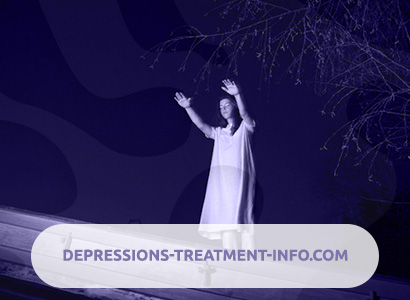 What are Social Phobias?
What are Social Phobias?
Social phobias are characterized by an obsessive fear of experiencing the attention of others in relatively small groups of people (as opposed to crowds), which leads to avoiding social situations. Unlike most other phobias, social phobias are equally common in men and women. Social phobias can be isolated and lie in the specific nature of fear – in public speaking, eating, meeting with the opposite sex. If phobic experiences extend to all situations outside the family circle, they talk about the diffuse nature of social phobia. Fear of vomiting in society may be important. In some cultures, direct eye-to-eye contact may be especially frightening. Avoidance of these situations is often pronounced, which in extreme cases can lead to almost complete social isolation.
Causes of Social Phobias
In premorbid, strict evaluation education in childhood, lack of encouragement from parents, forming a low level of self-esteem. The desire by any means to win the interest and recognition of others.
Pathogenesis during Social Phobias
The onset is more common in adolescence with a fear of an answer at the blackboard or in any other evaluative situation that is fixed reflexively.
Symptoms of Social Phobias
Fear of being the center of attention of others – the fear of public speaking is combined with reduced self-esteem and fear of criticism.
Patients complain of redness of the face, a feeling of a coma in the throat, palpitations, dry mouth, weakness in the legs, inability to concentrate on the action.
Diagnosis of Social Phobias
Diagnostics. The presence of anxiety, limited to social situations that are avoided, and being primary.
To establish a reliable diagnosis, all of the following criteria must be met:
- psychological, behavioral or autonomic symptoms should be a manifestation of anxiety primarily, and not be secondary to other symptoms, such as delirium or obsessive thoughts;
- anxiety should be limited only or mainly to certain social situations;
- avoidance of phobic situations should be a pronounced sign.
Differential diagnosis. It should be differentiated from anthropophobia in a depressive episode, in this case other criteria for depression are taken into account. Secondary anthropophobia can also be with delirium.
Often expressed and agoraphobia and depressive disorders, and they can contribute to the fact that the patient becomes confined to the house. If the differentiation of social phobia and agoraphobia is difficult, agoraphobia should be encoded primarily as a major disorder; should not be diagnosed with depression, unless a complete depressive syndrome is detected.
Social Phobia Treatment
Psychoanalysis, psychodrama, gestalt therapy, group psychotherapy.

